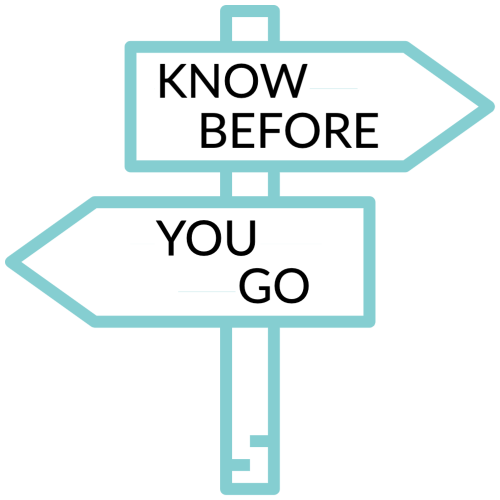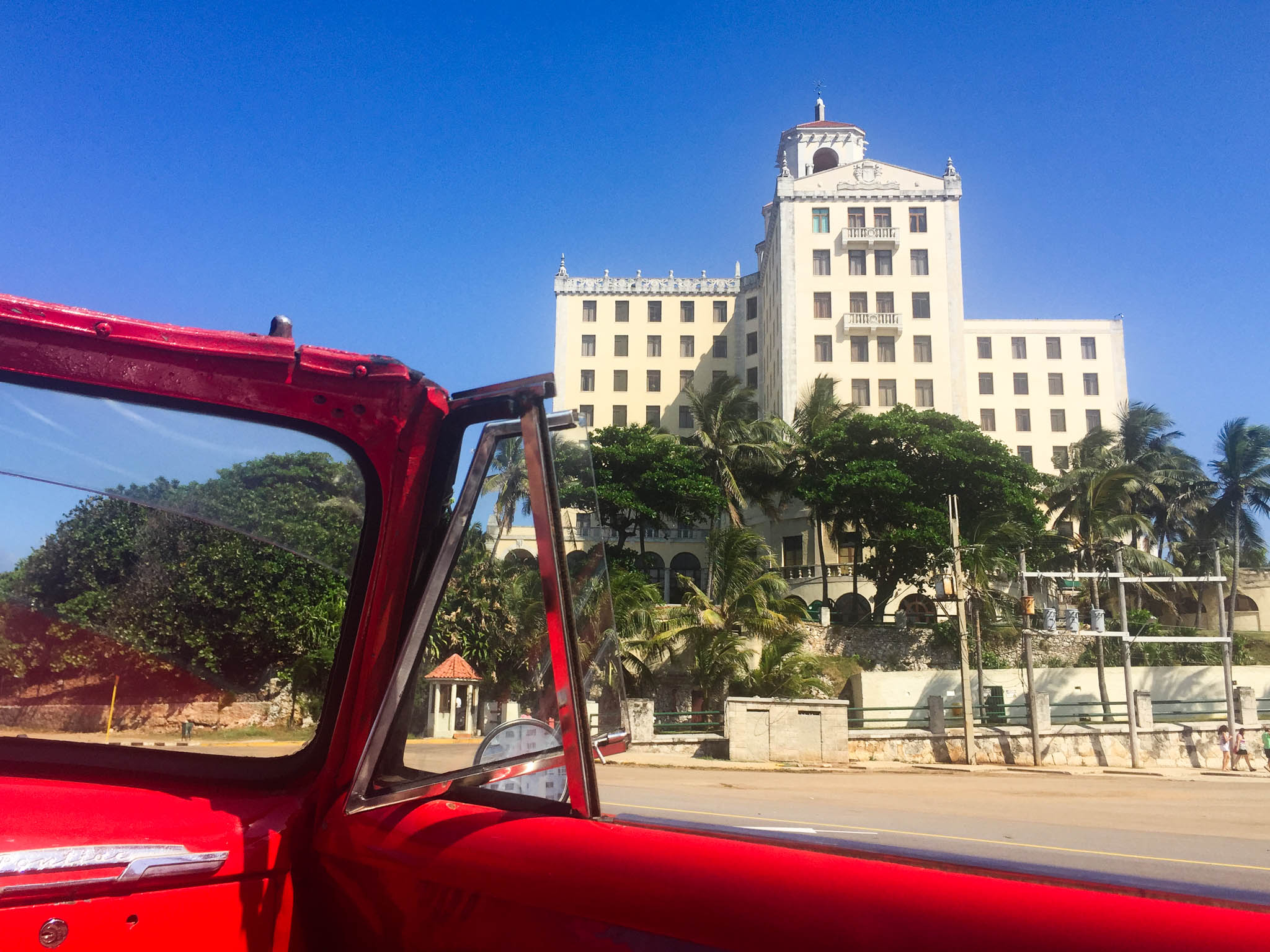Planning your trip to Cuba
Cuba can be experienced in many different ways depending on the kind of traveller you are. You can go full luxury with modern 5* hotels, stay at extremely affordable casas particulares (Cuba’s version of guesthouses) or mix it up! Staying at a local home will definitely give you a better sense of real life, but, in any case, exploring its capital as well as its smaller cities and towns is unlike anything you have ever experienced before.
If you can’t bring yourself to travelling to the Caribbean and not spending multiple days on the beach, I hear you. Cuba has got hundreds of picture perfect beaches and several world renowned resort areas. However, as wonderful as they all are, be aware that they will not allow you to experience the unique soul of this island.
For our first trip to Cuba, we chose to have a week of culture / exploring and a week of beach time. If I planned this trip today, I would add another week of culture / exploring! Whatever you choose to do, and especially if you are short on time, keep in mind that Cuba is a very big island, so moving around takes multiple hours on the road. It can be a fine line that separates a relaxing holiday from a hardcore road trip!
All in all, consider your itinerary carefully but rest assured that Cuba has delightful surprises in store for you at each and every corner! So, make sure you have enough time to sit in a café and listen to the talented musicians and street orchestras that go by. You will not be able to get enough of it!
KNOW BEFORE YOU GO: CUBA
LANGUAGE: Spanish. Basic English is usually spoken in tourist areas but a little Spanish goes a long way. Learn a few basic phrases!
CURRENCY: The Cuban National Peso (CUP) is the only official currency. Several businesses accept Euros. Read more below.
PLUGS: Types A, C and less so B, L. There are two different voltages, 110V & 220V (with 60Hz frequency) depending on the region / building. Sockets are usually labelled. In newer hotels, most 220V sockets will take both types A & C.
VISA REQUIREMENTS: Passport holders from Australia, Canada, EU, UK, USA (& many other countries) must have a Cuba Tourist Card. Get it from your local Cuban consulate, through the licensed third-party Visa Cuba, or a travel agency / airline. You may be asked to prove that you have travel (health) insurance at the airport; if you don’t show one, they’ll make you buy one on the spot. If you are a US citizen or travelling via the US, note that there are special requirements which I explain further down below.
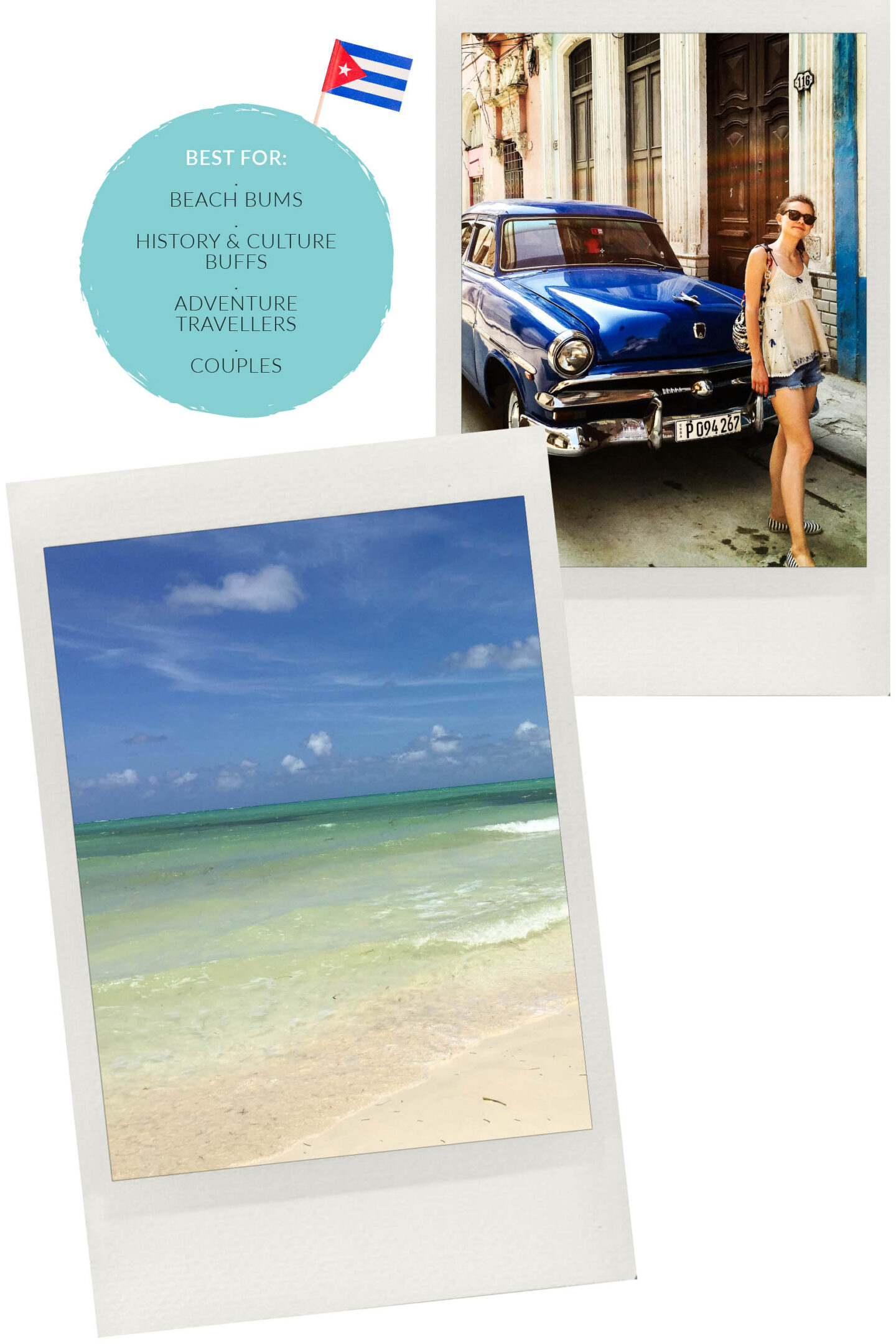
CUBA CLIMATE & BEST TIME TO VISIT
Cuba’s climate is defined as tropical and seasonally humid. What that means is that it’s always warm and rain patterns are fairly predictable. The mean annual temperature varies from 24-26°C (75-79°F). Average maximum temperature fluctuates between 27-32°C (81-90°F) and the average minimum temperature between 17-23°C (63-73°F).
Cuba’s dry season runs from December to April. Rain is unlikely and it’s nice and warm with temperatures between 25-30°C (77-86°F) during the day and cooler during the night, especially if you visit from December to February (bring a light jacket). The sea temperature is still a warm 26ºC (79°F) though some winter days might be a bit too cool to sit on the beach all day, at least for some people. If that sounds like something you’d notice, visit Cuba in springtime!
May to November is Cuba’s wet season – the months of June, July, September and October experience the highest levels of rainfall. It is hot and humid with frequent heavy showers, though they tend to be short and usually happen in the evenings. The chances of a severe tropical storm / hurricane are relatively low outside of the period of August and September which may be one of the few times of the year that it’s not a good enough time to visit Cuba.
VISITING CUBA IN LATE MAY
We visited Cuba in late May. It was generally hot (around 30°C / 86°F), similar to southern Europe in summer. The weather was perfect for spending the day on the beach. In Havana and Trinidad, we had to retire to our hotel after lunch for a couple of hours in order to avoid the hottest part of the day; this was fine by us. In terms of storms, we did experience a couple of evening thunderstorms in our 2-week stay and the occasional stormy sky in the distance while on the beach. However, we didn’t mind that at all; tropical rainfall is an awesome experience in its own right!
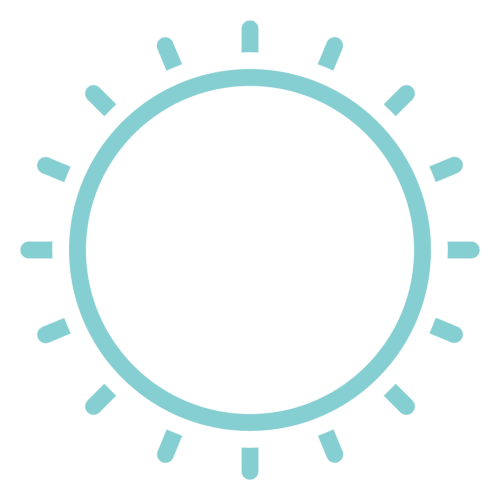
The best time to visit Cuba is from December to April. This is the least rainy and hot time of the year. The winter months are cool and dry and great for sightseeing. For perfect days on the beach, visit in March and April when it’s hot and dry.
ABOUT MONEY & CURRENCY IN CUBA
After operating with two currencies since the 1990s, the Cuban peso (CUP) and the Cuban convertible peso (CUC), in January 2021, Cuba unified the two currencies into one. The Cuban National Peso (CUP) known as ‘moneda nacional’ is now the official Cuban currency.
Travellers should know that CUP cannot be exchanged outside of Cuba. Cadeca exchange houses at airports buy Euros, GBP, USD and some other currencies in exchange for CUP. However, you cannot exchange your CUP back at the airport. At the end of your trip, make sure to spend or exchange your CUP before heading to the airport. Note that Cadeca exchange houses are the only organisations that can legally exchange money.
Currency availability at ATMs and Cadeca exchange houses may be limited. Furthermore, cash is still king in Cuba even though various establishments have started using international card machines for payment transactions. Note that European bank cards work in Cuba, but due to the US trade embargo, US cards do not. All in all, it’s a good idea to check with your hotel beforehand about the acceptable currency and methods of payment or bring cash to cover your stay.
Several businesses accept Euros. In fact, it might turn out to be better to pay in Euros rather than CUPs due to the exchange rate. Using US dollars is hit and miss. Having some cash in Euros, in small denominations, will probably come in handy.
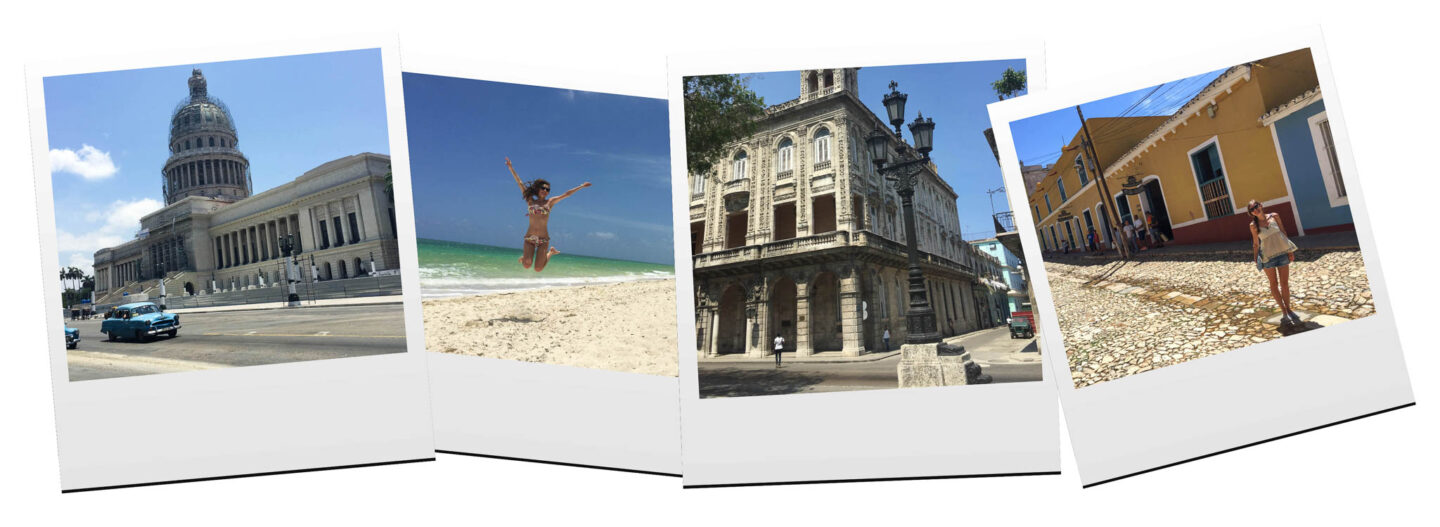
HOW TO GET TO CUBA
For a country that feels so isolated from the rest of the world, there is a surprising large amount of direct flights from several countries including Canada, Mexico, UK, Spain, France, Germany to name a few.
Most flights land in Havana but several other airports in Cuba can also be accessed directly from abroad. This includes some of the other large cities of Cuba such as Santiago and Santa Clara but also the resort town of Varadero.
Flights from the USA, most notably Miami also exist despite current restrictions, more info on that below. If you are not a US citizen, it will be easier if you avoid travelling through the US to Cuba.
CAN AMERICANS TRAVEL TO CUBA?
Travel to Cuba from / through the USA for tourist activities remains prohibited by statute. However, the Department of Treasury’s Office of Foreign Assets Control (OFAC) has issued general licenses for 12 categories of travel. Independent travellers can qualify to visit Cuba under the ‘support for the Cuban people’ license which allows for plenty of activities that travellers wishing to explore Cuba would do anyway.
Sadly, the US government does not consider sitting on the beach as a way of supporting the Cuban people. However, supporting local businesses and engaging in various cultural activities do. Confused? Check out these examples. All in all, unless you, as a US citizen, wish to immerse yourself into Cuban culture and have meaningful interactions with the people there, it might be best to consider visiting another Caribbean island, at least for now.
MORE DETAILS FOR TRAVELLING TO CUBA FROM THE US
Travel licenses are self-qualifying but you’ll be asked to state your category of choice in a signed affidavit when booking airline tickets to Cuba. As part of the license, travellers are expected to prepare an itinerary outlining how their trip will contribute to Cuba’s local economy.
US citizens are not currently allowed to stay in Cuba’s government-run hotels or use most state-owned enterprises. Opt for private accommodation; this way you will be, in fact, supporting the Cuban people. Also, refrain from endorsing these businesses.
Lastly, US citizens will have to keep a record of their itinerary and receipts from the trip to Cuba for 5 years.
Make sure to check the most up to date information and latest requirements:
- US Embassy in Cuba
- US Department of State
- Department of Treasury’s Office of Foreign Assets Control (OFAC)
Note that the entry requirements mentioned in the beginning of this page also apply to US passport holders.
AVAILABILITY OF GOODS IN CUBA
Shortages in even the most basic goods have always been a hard fact of life in Cuba and the pandemic probably made the situation worse.
While in Cuba, we visited two small shops in Havana. They looked like how I imagine shops in London would look like during WWII. Plenty of empty shelves and a very frugal, mid-century vibe to the few products that existed and the shops themselves. The lack of that plastic, multi-colour extravaganza that supermarkets worldwide showcase was strange and kind of wonderful to our eyes. However, the hard reality is that Cubans have difficulties accessing things that we take for granted.
Before travelling to Cuba, make sure you bring with you anything you might need. Toiletries, sunscreen, hand sanitiser (a few face masks may also come in handy as Cubans are still quite COVID-conscious), off the counter meds, any snacks you may need. You may get some products in a store or a hotel shop, but don’t count on it. Despite all that, we didn’t have any trouble finding bottled water. However, it might be worth packing a reusable water bottle with a built-in purifying filter, for extra peace of mind.
Lastly, I’d recommend bringing some chocolate bars in case you want to gift them to people you meet or your hosts. Trust me, Cuban people are extremely likeable and you’ll probably feel like giving someone a little present at some point!
IS THERE WI-FI IN CUBA?
Internet access in Cuba has been getting better and better as years go by for travellers and locals alike. Most large hotels and several casas particulares offer wi-fi (though the signal might be stronger in the lobby than your room). There are also public hotspots in parks and central locations but you will need to buy an (affordable) internet card in order to use those.
All in all, while you will be able to check emails, you might not be able to hold a Zoom meeting, stream videos or download large files while in Cuba! If that’s important for you, check with your accommodation beforehand.
In any case, my advice to you would be to prepare for having very limited internet access. While that might well not be the case, Wi-Fi access will not be to the standards you are used to and that might lead to some unnecessary frustration! Print out booking confirmations and tickets, complete any bank transactions and download important files (or TV series!) to your device before departure. More importantly, embrace the old school way of life and put away that stupid phone!
CUBA ITINERARIES
Discover the best of Cuba at your own pace
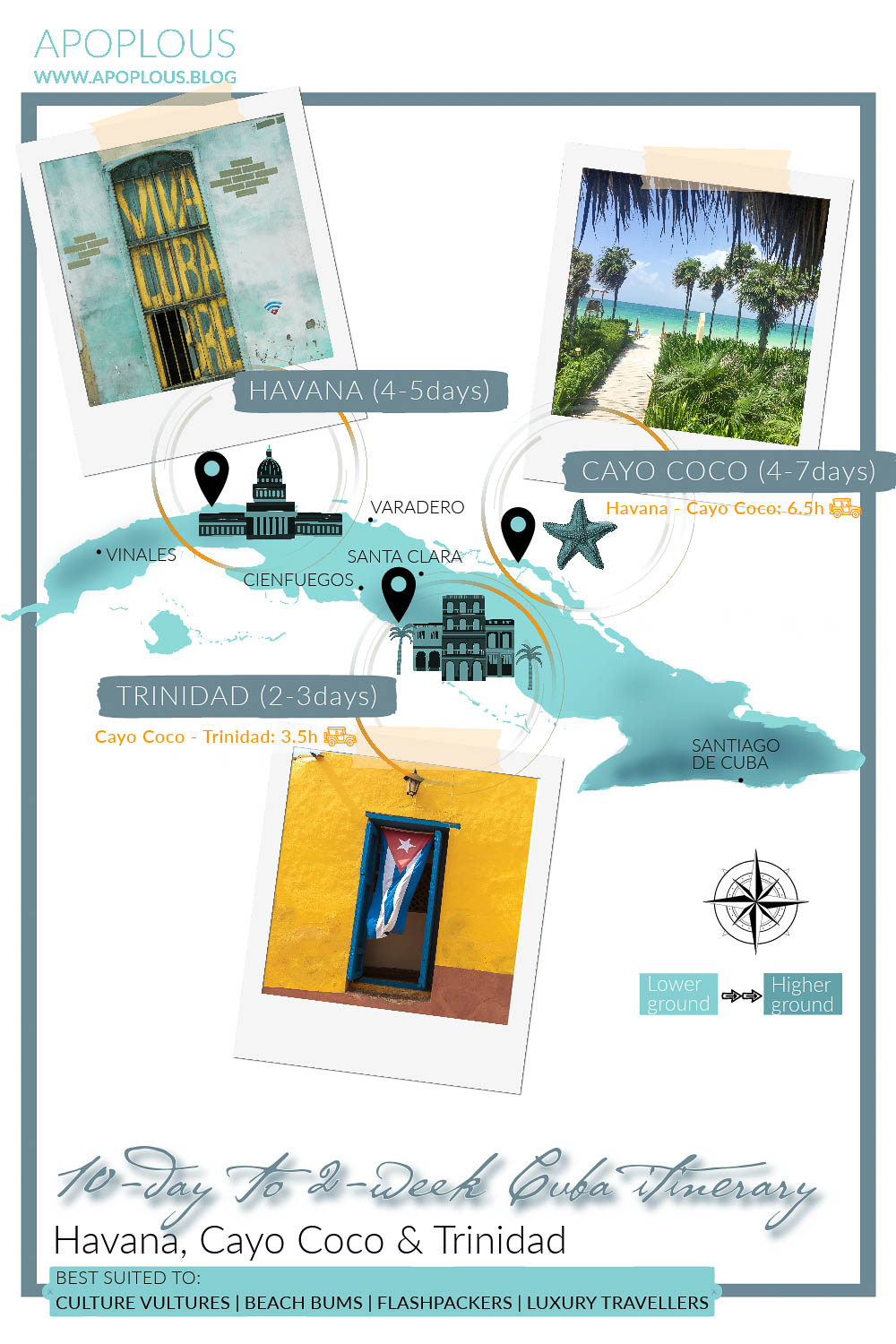
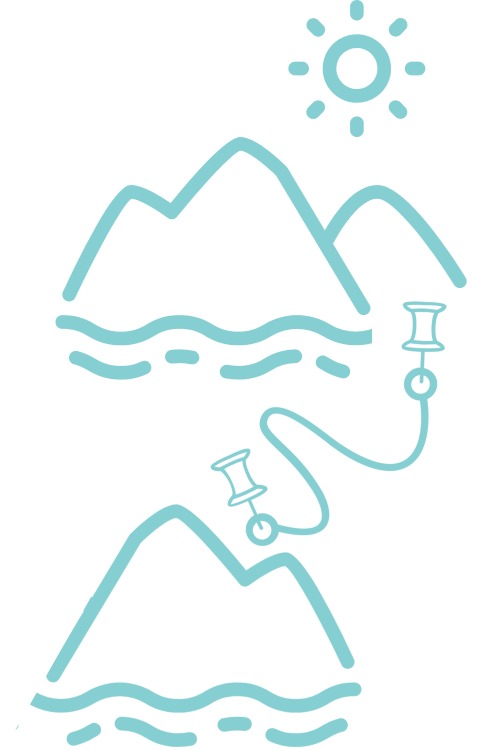
Wish to see more of Cuba in two weeks? Reduce the amount of days spent in Cayo Coco and explore some of the smaller cities of Cuba such as Santa Clara and Santiago. Also, you could visit the valley of Viñales and explore the beautiful national park.
10-day to 2-Week Itinerary:
Havana | Cayo Coco | Trinidad
For our first trip to Cuba, we chose a combination of culture and beach time in equal measure. You see, for us, this was an opportunity to finally visit Cuba while also having a relaxing vacation! For that reason, this itinerary took two full weeks and it was perfect for slow travel.
If you don’t have that many days, you can spend less time on the beach and condense this itinerary to about 10 days.
HAVANA:
Havana Vieja | Plaza de la Revolución | Sunset on the Malecón | Parque Historico Militar | Classic car ride | Legendary cocktails & cigars!
CAYO COCO:
Beach bumping in a picture perfect Caribbean beach!
TRINIDAD:
Colonial architecture tours by day and salsa on the square by night!
Best time of the year for this itinerary: December – April (but we travelled in late May & it was wonderful!)
CUBA TRAVEL GUIDES
The best things to see & do, dining, accommodation & getting around
coming soon!
Explore more sunny destinations:


